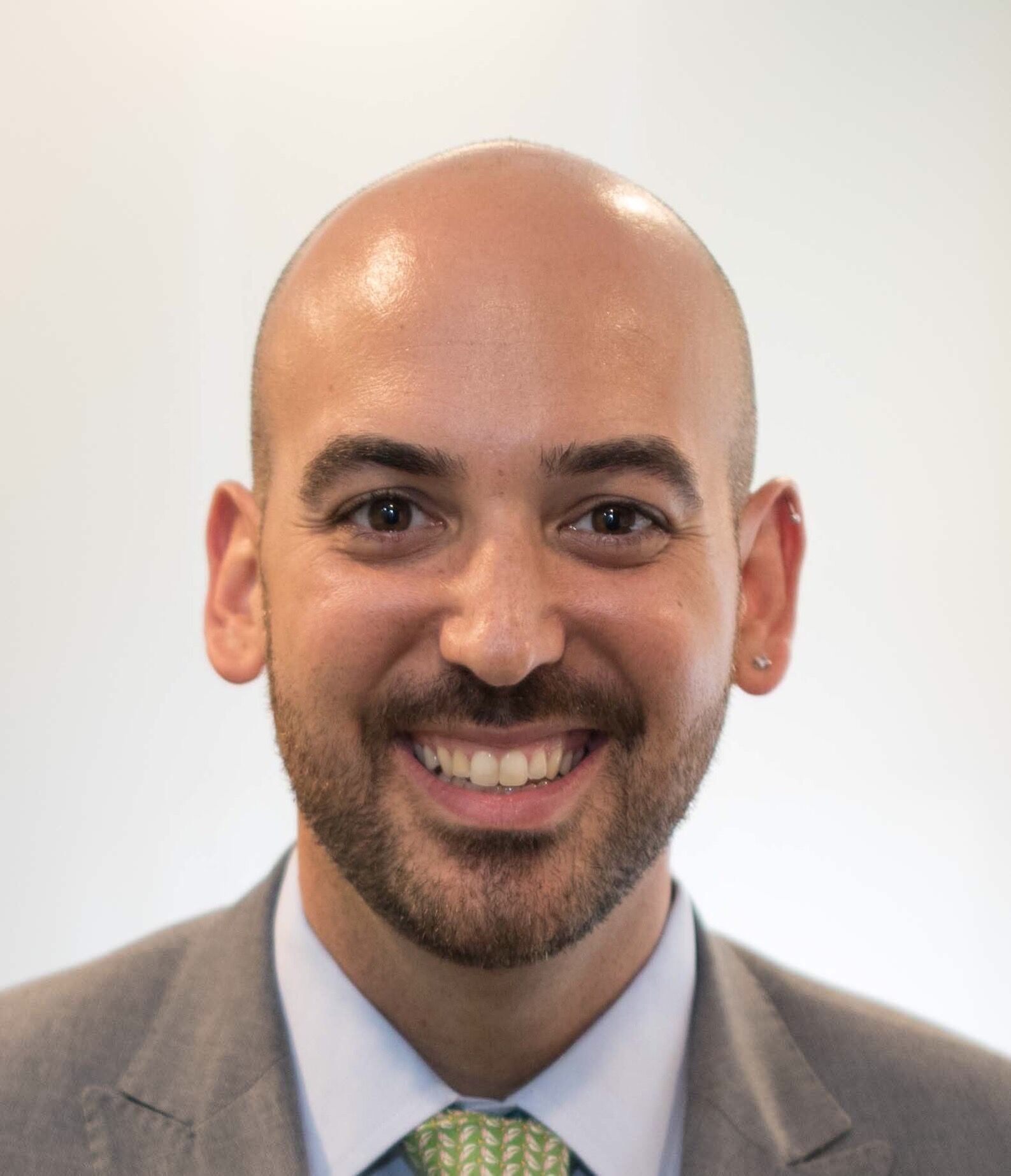Jun 9
2021
Data-Driven Patient Rounding: A Deep-Dive At Lenox Hill Hospital
By Joe Leggio, associate executive director, Lenox Hill Hospital (Northwell Health).

In 2018, we at Lenox Hill Hospital found ourselves at a crossroads. Part of New York’s largest healthcare provider, Northwell Health, we pride ourselves on being one of the best hospitals in the region, as named by U.S. News & World Report.
Still, we struggled with key HCAHPS (Hospital Consumer Assessment of Healthcare Providers and Systems) metrics. In the responsiveness domain, we found ourselves in the 19th percentile. For RN communication, we were in the 27th percentile. And for likelihood to recommend, we were just under 50, at the 49th percentile. Our employee engagement scores, meanwhile, were similarly troubling, with engagement scores coming in at 2.54 on a five-point scale.
It was clear that things weren’t working – it’s what our patients were telling us, our employees were telling us, and the data was telling us.
So we identified a two-pronged path to address the issue: One strategy that would update outmoded roles and empower employees, and another that would digitize an established best-practice standard.
Transitioning from Unit Ward Clerks to Patient Serve Facilitators
In 2018, we were still maintaining a role known as a Unit Ward Clerk. While the work done by those team members – providing clerical and administrative support to the entire unit – is still very relevant and necessary, the title, and certain elements of the job description simply didn’t match the modern world we live in.
We evolved this team to become Patient Service Facilitators (PSF). This transformation came through a bottom-up process conducted by a multidisciplinary team that conducted assessments and interviews, analyzed qualitative and quantitative data from sources like HCAHPS scores and patient feedback, examined internal and external best practices, and ultimately designed the new role.
In the end, we wanted our patient service facilitator role to become more proactive – to serve as the face of the unit. We empowered those team members to do that through professional identity branding, as well as technology. Our PSFs are now expected to see every single patient in their unit once a day – and they round on them using tablets and automated rounding scripts, conducted through our patient engagement partner CipherHealth, that allow our hospital to quickly and easily collect information and act on problems as they arise. We tie each element of those rounding scripts to an HCAHPS domain, which allows us to more easily track progress and identify problem areas over time.